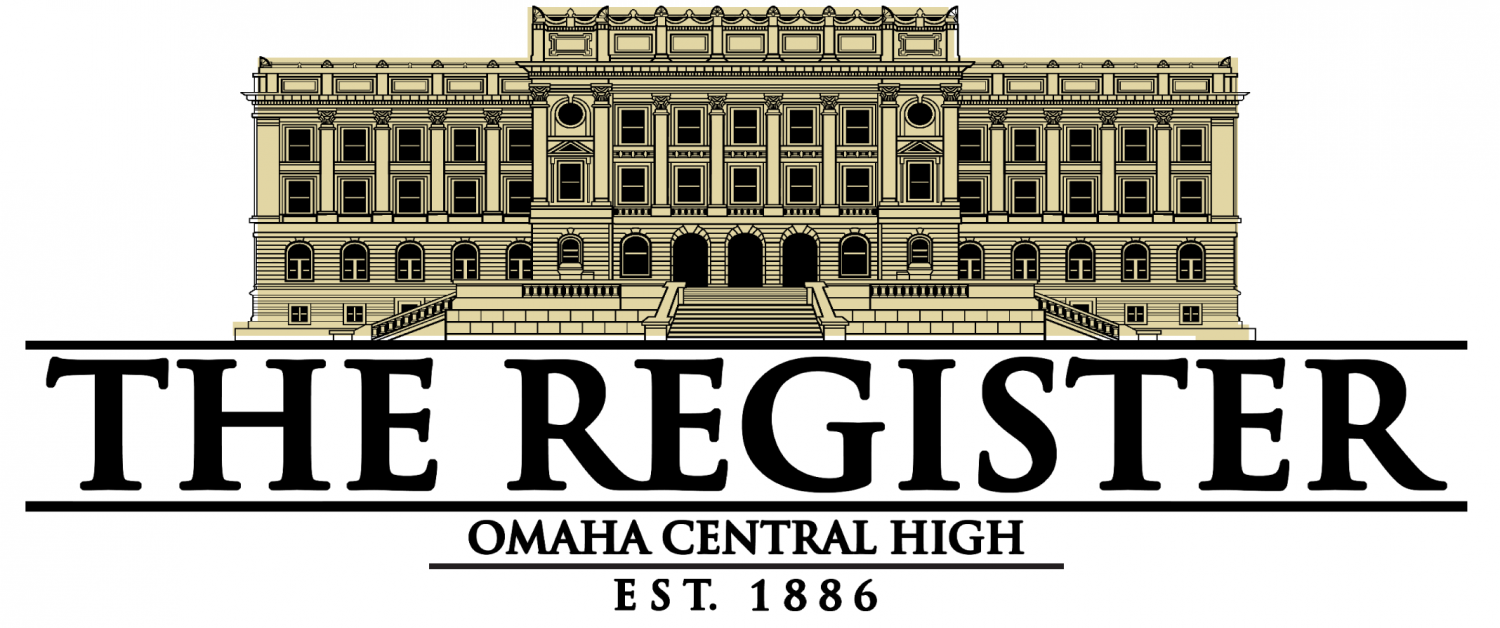$400 million bond addresses overcrowding throughout OPS
April 11, 2018
May 15th is circled on the calendars of OPS Board of Education members, as the public will go to vote on a $409.9 million Phase 2 bond that could significantly change the outlook of education in the city.
That money would go towards two new high schools: one at 60th and L Streets to reduce crowding at South and Bryan, and one at 156th and Ida Streets to provide an closer choice for families living in the more extreme northwest part of the city. Both would provide capacity for 1500 students, enough to keep them at a Class A level for NSAA athletics. There is also two new elementary schools being planned, one at 10th and Pine Streets and one in Bellevue, along with a middle school for 1000 students at 42nd and U.
Millard and Westside recently passed tax levy overrides to help generate more revenue in order to balance budget shortfalls. While OPS is facing a budget shortfall of its own due to a mandated pension increase, this upcoming bond is strictly for construction on new facilities. The plan to put the Phase 2 bond on the ballot has been in the works for some time, but got delayed because of the deadline passing to submit ballot language for last November’s election.
Now, the Board moves forward in hopes of convincing taxpayers in the district to approve around a seven cent tax increase, which would add approximately $105 in taxes to a home assessed at $150,000. Like during Phase 1 in 2014, a PAC has mobilized working on promotional material for social media and for yard signs.
Board member Lou Ann Goding believes the public knows the significance of how the Phase 2 bond could widely improve overcrowding issues in OPS schools, even despite another large price tag. “Phase 2 would be coming back to the public with construction of new facilities to alleviate overcrowding and to accommodate students that we currently don’t have room for. The public was fully aware of that,” Goding said. “This amount ended up being more than what was anticipated.”
According to Goding, this was due to other components at buildings that were expected to have a short life expectancy, such as windows, air conditioning and other immediate needs.
Another aspect that contributed to an increase final amount for the bond was board members’ desires of decreasing the number of portables at different schools all across the Metro area. “There will still be portables,” Goding said. “This [bond] will not eliminate portables, but hopefully it right sizes more buildings.”
One of the board members, Ben Perlman, expressed a concern with how new buildings would impact an already complicated budget. Goding got a chance to look at the information provided by OPS’ chief financial officer, Connie Knoche. “He felt she communicated clearly that expenses could be covered at new buildings,” Goding said. She also mentioned that the state provides extra funding for every school district on a new building for a period of time.
Goding hopes that new buildings will allow OPS to retain students who choose to go to other schools for secondary education. “The reality is that we have 6000 students from OPS that currently go elsewhere to other public schools, not private schools, that have been our students that are opting out of the district. Primarily because we don’t have enough space for them,” she said. The bond may contribute to more current OPS fourth graders choosing to remain in the district for high school, since the current fourth grade class would be the first to spend all four years in the new buildings.
Changes to attendance boundaries would “definitely have to change down the road,” Goding thinks, but that the district will be very careful with looking at total populations to keep buildings at a Class A level. Current OPS staff would have the opportunity to transfer to these schools before new teachers would be hired. Transfers would be by choice, and would not be forced by the district, as they always have been, Goding said.
Even with challenges still ahead, Goding states that the Phase 2 bond would provide the district with a great opportunity to stay competitive with other districts and address looming issues within the classroom. “[The bond] shows that we’re being proactive with the issues that are out there and that we want to take care of the students whose parents are paying taxes in our own district.”

